QUINIDINE GLUCONATE
Synonym(s):Quinidine gluconate salt
- CAS NO.:7054-25-3
- Empirical Formula: C26H36N2O9
- Molecular Weight: 520.57
- MDL number: MFCD00067566
- EINECS: 230-333-9
- SAFETY DATA SHEET (SDS)
- Update Date: 2024-10-23 13:36:13
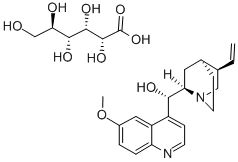
What is QUINIDINE GLUCONATE?
The Uses of QUINIDINE GLUCONATE
Quinidine Gluconate is a salt of Quinidine (Q685000), a dextrorotatory stereoisomer of Quinine. Antiarrhythmic (class IA). Antimalarial.
The Uses of QUINIDINE GLUCONATE
Cardiac depressant (anti-arrhythmic).
Definition
ChEBI: Quinidine D-gluconate is a D-gluconate adduct. It is functionally related to a quinidine.
brand name
Duraquin (Warner Chilcott); Quinaglute (Berlex).
General Description
Quinidinium gluconate(Duraquin, Quinaglute) occurs as an odorless, very bitter,white powder. In contrast with the sulfate salt, it is freelysoluble in water. This is important because there are emergencieswhen the condition of the patient and the need for arapid response make the oral route of administration inappropriate.The high water solubility of the gluconate saltalong with a low irritant potential makes it valuable when aninjectable form is needed in these emergencies. Quinidinegluconate forms a stable aqueous solution. When used for injection, it usually contains 80 mg/mL, equivalent to 50 mgof quinidine or 60 mg of quinidine sulfate.
Veterinary Drugs and Treatments
Quinidine is used in small animal or equine medicine for the treatment of ventricular arrhythmias (VPCs, ventricular tachycardia), refractory supraventricular tachycardias, and supraventricular arrhythmias associated with anomalous conduction in Wolff- Parkinson-White (WPW) syndrome. Chronic use of quinidine for controlling ventricular arrhythmias and supraventricular tachycardia in dogs has diminished over the years as other drugs appear to be more effective. It is still used in dogs and horses to convert atrial fibrillation to sinus rhythm. Oral therapy is generally not used in cats.
Properties of QUINIDINE GLUCONATE
| Melting point: | 175-176 C |
| form | neat |
Safety information for QUINIDINE GLUCONATE
| Signal word | Warning |
| Pictogram(s) |
 Exclamation Mark Irritant GHS07 |
| Precautionary Statement Codes |
P261:Avoid breathing dust/fume/gas/mist/vapours/spray. P264:Wash hands thoroughly after handling. P264:Wash skin thouroughly after handling. P280:Wear protective gloves/protective clothing/eye protection/face protection. P301+P312:IF SWALLOWED: call a POISON CENTER or doctor/physician IF you feel unwell. |
Computed Descriptors for QUINIDINE GLUCONATE
New Products
1-Boc-4-cyanopiperidine tert-Butyl carbazate 1-(TERT-BUTOXYCARBONYL)-2-PYRROLIDINONE TETRABUTYLAMMONIUM CYANIDE TETRAHYDRO-2H-PYRAN-3-OL 3-Pyridineacrylic acid Nickel(II) perchlorate hexahydrate, 98% 4-Bromophenylacetonitrile, 95% 3-Bromo-4-fluoroaniline, 97% Sodium tetraborate decahydrate, 98% Palladium(II) acetate, trimer, Pd 99% 4-Bromo-2-chlorotoluene, 97% Tadalafil Clopidogrel bisulfate Sitagliptin Phosphate Monohydrate Cabergoline Fexofinadine HCl Etoricoxib 4-Amino Acetophenone 2-Chloro Acetophenone Amlodipine Base 2,3,5-Triiodobenzoic Acid Pyrrolidine Diiodo PentoxideRelated products of tetrahydrofuran
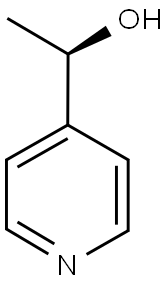
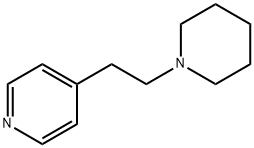
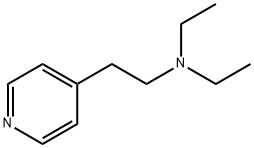
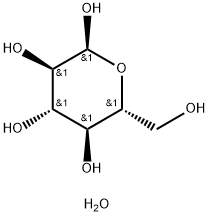
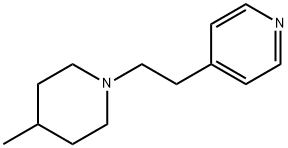
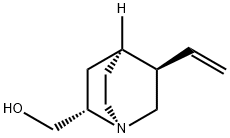


You may like
-
 Quinidine gluconate CAS 7054-25-3View Details
Quinidine gluconate CAS 7054-25-3View Details
7054-25-3 -
 366789-02-8 Riveroxaban 98%View Details
366789-02-8 Riveroxaban 98%View Details
366789-02-8 -
 Phenylephrine HCl 61-76-7 98%View Details
Phenylephrine HCl 61-76-7 98%View Details
61-76-7 -
 Carvedilol 98%View Details
Carvedilol 98%View Details
72956-09-3 -
 Abiretorone 154229-18-2 98%View Details
Abiretorone 154229-18-2 98%View Details
154229-18-2 -
 73590-58-6 Omeprazole 98%View Details
73590-58-6 Omeprazole 98%View Details
73590-58-6 -
 201530-41-8 Deferasirox 98%View Details
201530-41-8 Deferasirox 98%View Details
201530-41-8 -
 Sertraline HCl 98%View Details
Sertraline HCl 98%View Details
79559-97-0
